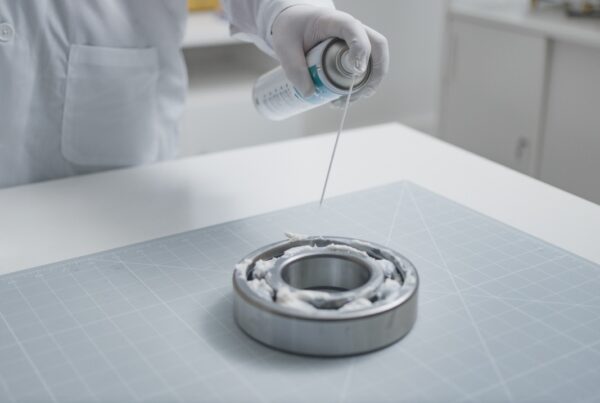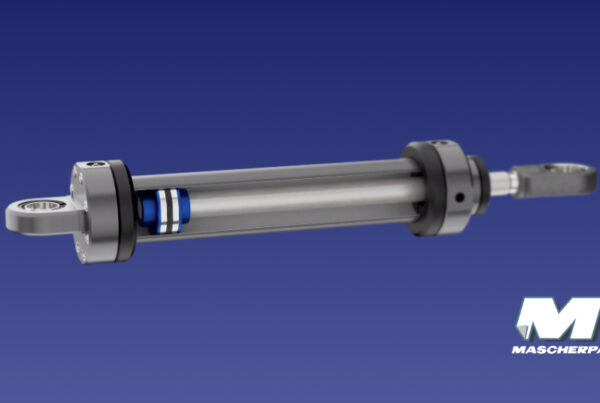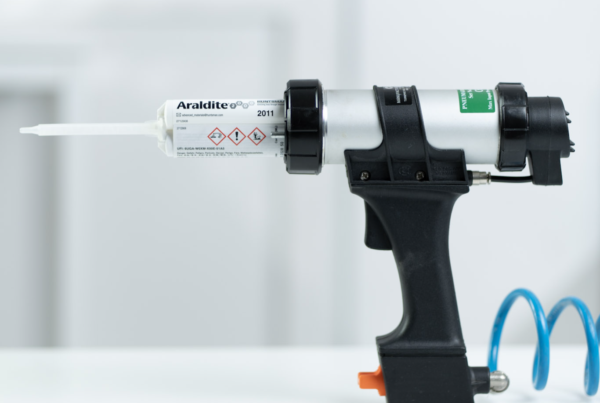On January 13, 2023, national authorities from Denmark, Germany, the Netherlands, Norway and Sweden submitted a proposal to the European Chemicals Agency (ECHA) to restrict the use of poly- and perfluoroalkyl substances (PFAS). The goal of this initiative is to regulate a wide range of chemical compounds, many of which pose possible risks to the environment and human health. However, the proposal, which is currently under consultation and evaluation, could result in the exclusion of some PFAS substances from lubricant formulations.

What are PFASs?
Poly- and perfluoroalkyl substances (PFAS) represent a large family of synthetic chemical compounds, which include thousands of variations. These compounds are characterized by the presence of carbon-fluorine bonds, among the strongest in chemistry, which give PFAS unique properties. Among these properties are resistance to ‘water, aggressive chemicals, oxygen and high temperatures. Due to the presence of these characteristics, PFASs are widely used in a variety of industries and consumer products, including:
- Clothing and textiles: to make fabrics water and stain resistant,
- Food packaging: to prevent the passage of oils and fats through packaging,
- Cosmetics and hygiene products: to improve durability and water resistance,
- Electronics and semiconductors: for their dielectric properties,
- Lubricants and corrosion inhibitors: to improve the performance and durability of products.
Relationship between lubricants and sustainability
PFAS-containing lubricants have been widely used for their excellent friction reduction, wear resistance and thermal stability properties. However, the use of PFAS in lubricants has attracted global attention as their potential long-term sustainability effects emerge.
Initiatives and solutions
Several companies are taking steps to eliminate the use of PFAS in their products. Mascherpa always attentive to the environmental situation and operating in the industrial lubricants sector, promptly developed alternative solutions to replace PFAS substances. Although lubricants, compared to other chemicals, do not present particular problems of pollutant release, leaks can occur during and after use, either as an intended result or as a consequence of accidental spills. Recall that there are many particularly difficult applications that necessarily require PFAS-containing products because alternative technologies would never perform as well, think of when high temperatures of’ use, chemical inertness, compatibility with plastics and elastomers, vacuum conditions or the presence of’ oxygen are required. There are no formulations that allow for such complex conditions of use.
Mascherpa’s PFAS-free lubricants.
When the application does not require such complex conditions, Mascherpa and its suppliers have developed PFAS FREE lubricants. We are proactively evaluating and adapting our product portfolio to align with the latest science and anticipate potential regulatory changes, while maintaining our ongoing commitment to responsible manufacturing.
Impact of restrictions on PFAS
However, in certain applications, the use of PTFE and PFPE is vital and irreplaceable to minimize some adverse effects. We quote the Volkswagen Group Statement on PFAS materials: Replacement with PFAS-free lubricants would result in a significant reduction in service life (up to 90 percent), increased customer complaints, and disadvantages in global competition. In addition, increased friction and wear would increase CO2 emissions. There are no available or predictable alternatives for harsh conditions (temperature, pressure, chemicals). For less difficult conditions, there are partially PFAS-free alternatives, but they still require a complex development and release process for change.
Confindustria’s proposal
Confindustria, for example, proposes some specific exemptions and waivers for strategic sectors, including:
- Exclude fluoropolymers and fluoroelastomers from the restriction, given their low risk and importance in critical applications,
- Provide sectoral exemptions for specific PFAS uses in industry, medicine and technology,
- Consider a more balanced and scientifically based approach, limiting restriction to substances with a demonstrated actual risk.
Mascherpa leadership
Mascherpa is committed to remaining at the forefront of this important issue. We are proactively evaluating and adapting our product portfolio to align with the latest science and anticipate potential regulatory changes, while maintaining our ongoing commitment to responsible manufacturing. We highlight that: 1) ECHA included too many substances (more than 10,000) in the restriction request for PFAS. There should have been better and clearer segmentation and differentiation among PFAS families. Risk management options at the EU level should have been proportionate to the eco-toxicological profile of the product and its family and not simply put all products on an equal footing, equating them and banning them tout court. 2) Fluoropolymers (FP including PTFE) and per-fluoro polyethers (PFPEs) should be excluded from the scope of the proposed restriction or exempted through a time-limited, all-purpose exemption. In fact, these products meet the criteria of low-risk polymers (PLC), and pose limited risks to human health and the environment. They have, in fact, recently been confirmed as substances in food production lines that can come into accidental contact with the food itself. 3) PFPE/PTFE lubricants or with PTFE as an additive, are stable, not classified as hazardous and not bio-accumulative. Because of their durability (lifetime lubrication), they are key to increasing sustainability in all fields, particularly in the automotive sector. In the Auto sector as in many other industries, the search for replacement would involve a very long time and without having certainty of outcome. And we should not forget the vehicles or devices that are already in use and should, in any case, be kept in place. In view of these factors, we are confident that PTFE and PFPE will not be banned or gain an indefinite exemption for their industrial use as special lubricants. These materials are safe, difficult to replace because of their unique and durable characteristics, and are therefore very sustainable.
Conclusions
The transition to PFAS-free lubricants is a challenge, but also an opportunity for the industry to develop more sustainable solutions. A focus on reducing environmental impact, compliance with emerging regulations, and innovation in production processes are key to ensuring a more sustainable and responsible future. With our 100 years of experience and our eyes always on innovation, Mascherpa is leading this change, proving that it is possible to maintain high industrial performance while respecting the environment.



